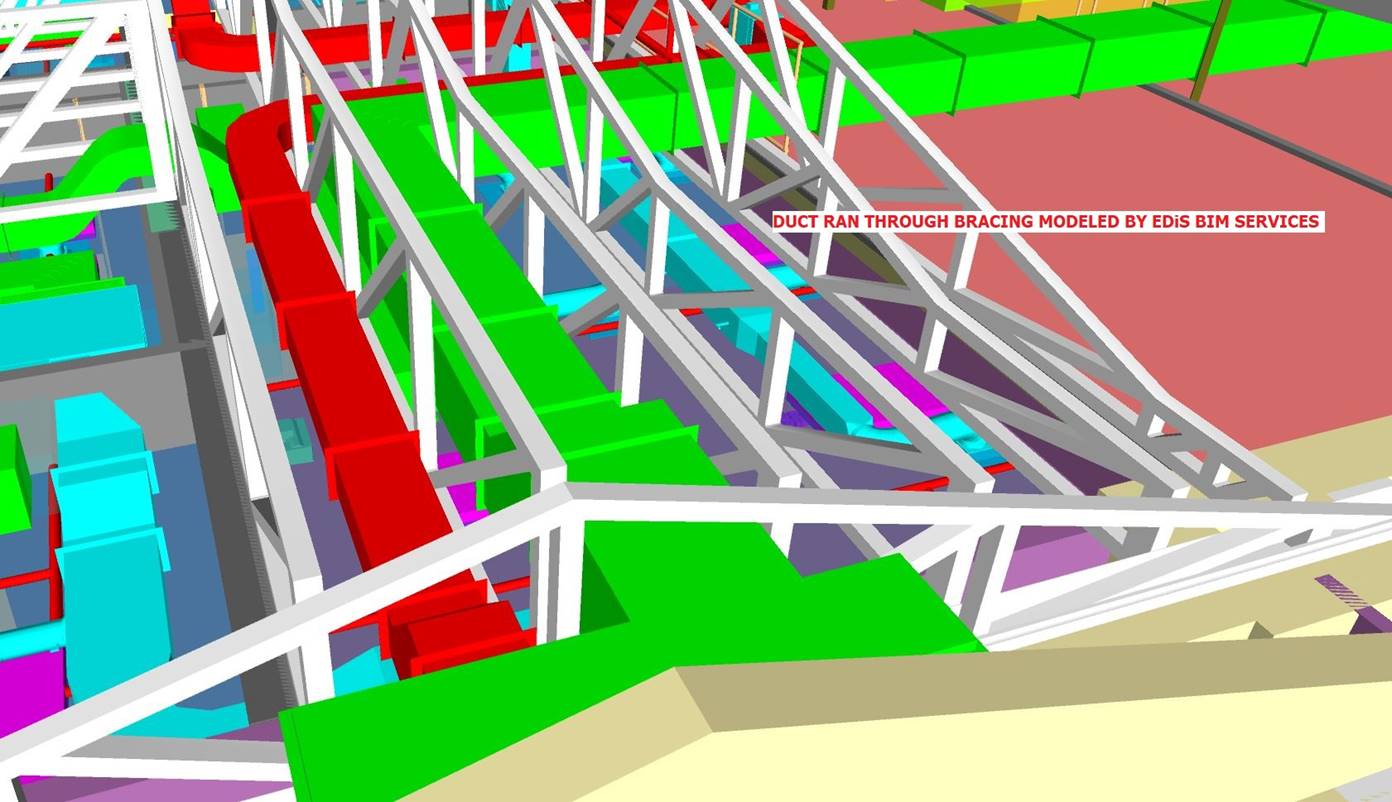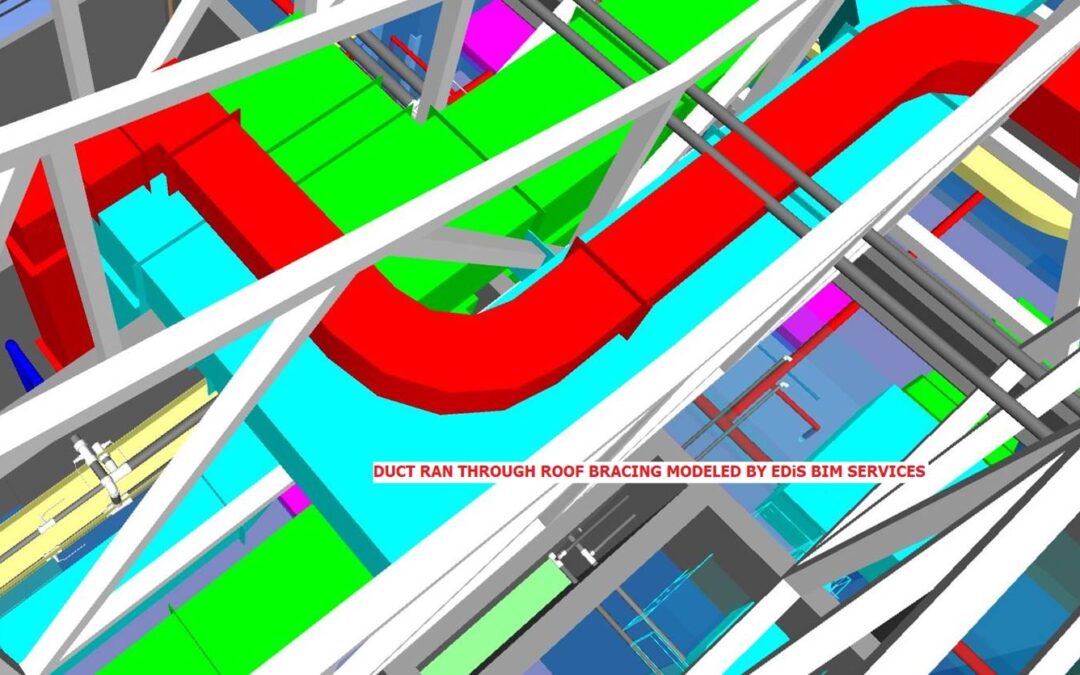When a large-scale project requires large-scale solutions to make it work, an extreme level of precision is needed to see that none of the many moving parts of construction go awry. As a fully-equipped, level III BIM (Building Information Modeling) authority, the AMP team was called in to get the job done right the first time. When hired to coordinate design plans for the Charleston Southern University physical therapy building addition, the AMP team knew they’d need to utilize a multitude of technologies and techniques before shovels even hit the ground.
The focus of this project was to coordinate design plans between the different trades to see that there were no conflicts, or clashes, as it is referred to in BIM speak. Clashes are detected via a 3-D generated model of the building created in a virtual space before construction begins. This takes the planning, building, and operating phases to a much more productive level. Less mistakes in preplanning translates into real savings in time, money, and utility for the owner.
For example, by converting the provided 2-D design plans into a 3-D model, the BIM team was able to detect that the air unit intended to be placed into the attic was too large to fit. Not only that, but the ducts intended to feed into it would be obstructed by complicated trusses and cross-bracing. Using laser-scanning technology, Auto-CAD Fabrication MEP, and Revit software, the AMP team verified that a smaller model would fit inside the space, but would require a rerouting of the ducts. Finding a new path without clashes, they managed to feed the air unit properly, preventing any change orders from taking up valuable time and money. As an added bonus, it was found that some of the maintenance access zones to the air unit were inaccessible in the original design. The spacing was quickly reoriented and made convenient for the future facility management life cycle, lowering operating and future repair costs. Had the job continued forward without BIM services, the mistake would have been caught too late during actual construction, causing a complete halt to adjust for, calculate, and replace the air unit. The man power, new materials, and new planning would have cost the project a great deal of both time and money.
It was a tight three-month schedule, but the AMP team made it work for Charleston Southern University before errors could be caught in the actual field during construction. Finding new and innovative uses for BIM technology continues to save AMP clients time and money on projects ranging from the simplest to the most complex.


